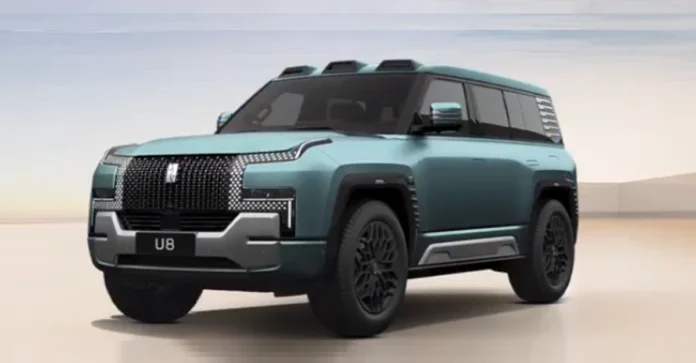BYD’s EV sales, along with overall NEV sales (including both BEVs and PHEVs), did experience a significant drop in February 2024 compared to both the previous year and the previous month.
Year-over-year comparison:
BYD’s February 2024 NEV sales were down 36.84% compared to the same month in 2023. This might seem concerning, but it’s crucial to remember that the NEV market in China experienced explosive growth in 2023, making year-over-year comparisons challenging in the short term.
Month-over-month comparison:
Compared to January 2024, February sales saw a 39.30% decline.
However, it’s important to understand that this decline is not necessarily indicative of a negative trend for BYD. Here’s why:
Seasonal factor:
The main reason for the drop is attributed to the Chinese New Year holiday, which typically falls in February and disrupts production and sales due to factory closures and reduced consumer activity. This is a seasonal phenomenon that affects most automakers in China. During the 10-day Chinese Lunar New Year celebration, Chinese citizens collectively spent approximately US$88 billion on food, retail, hotels, and travel. This spending spree, which outstrips that of any other country including the USA or Europe over the same period, is not indicative of a collapse. It underscores robust economic activity as evidenced by the 480 million trips made and bustling business scenes in major cities such as Shanghai, Beijing, Guangdong, Chongqing, Xi’an, Harbin, and Macao. Notably, car purchases traditionally decline during this time, making March sales figures worth monitoring closely.
Market Watch:
People are watching if there are further price cut. Also there’s a rumour said the 2nd generation blade battery will be announced this year. So, most of the potential buyers are holding the money and waiting.
Global Shipping Challenges:
The conflict in the Red Sea and reduced access to the Suez Canal have led companies to reroute shipping around the Cape of Good Hope, further exacerbating delays. These disruptions have the potential to lead to stockouts and increased costs for businesses, highlighting the importance of supply chain resilience.
Market Dynamics and Demand:
The global slowdown in electric vehicle demand played a role in BYD’s sales decline. Despite strong sales performance in certain markets like Australia, BYD fell short of estimates on a global scale, reflecting broader market trends impacting the company’s sales figures
BYD remains optimistic:
Despite the February dip, BYD maintains an ambitious sales target of 4 million units for 2024, with a projected split of 2 million BEVs and 2.2 million PHEVs. This indicates their confidence in their long-term growth trajectory. BYD had shown growth in sales throughout 2023 and January 2024, including surpassing Tesla as the largest BEV seller in the fourth quarter of 2023.
Given that Chinese New Year fell on January 22 last year and February 9 this year, any year-over-year comparisons for February may not be meaningful.
In February 2024, BYD achieved total monthly sales of 122,311 NEVs. Every BYD vehicle sold helps advance the world towards a greener future. pic.twitter.com/lq5gpjv6V5
— BYD (@BYDCompany) March 2, 2024
While stock prices have surged by 20% over the past three weeks, BYD and the wider Chinese EV industry must ramp up their efforts in export markets. Limiting sales to domestic markets overlooks the potential for higher margins abroad. Global shipping faces delays due to challenges such as Red Sea detours and Panama Canal limitations exacerbated by reduced rainfall.




